This post may contains affiliate links. Read our full disclosure here.
Think of your favorite playlist. Just like tracks hit different depending on when they dropped, that year printed on a wine label tells a story. A vintage isn’t just a date—it’s a time capsule of sun-soaked days, midnight rains, and the drama of a whole growing season squeezed into one bottle.
Here’s the tea: grapes are divas. Too much rain? They sulk. Not enough sun? They underdeliver. Regions like Burgundy and Napa become backstage managers, tweaking harvest times and fermentation tricks to handle Mother Nature’s mood swings. That’s why a 2018 Cabernet might taste like liquid velvet while its 2020 sibling feels… basic.
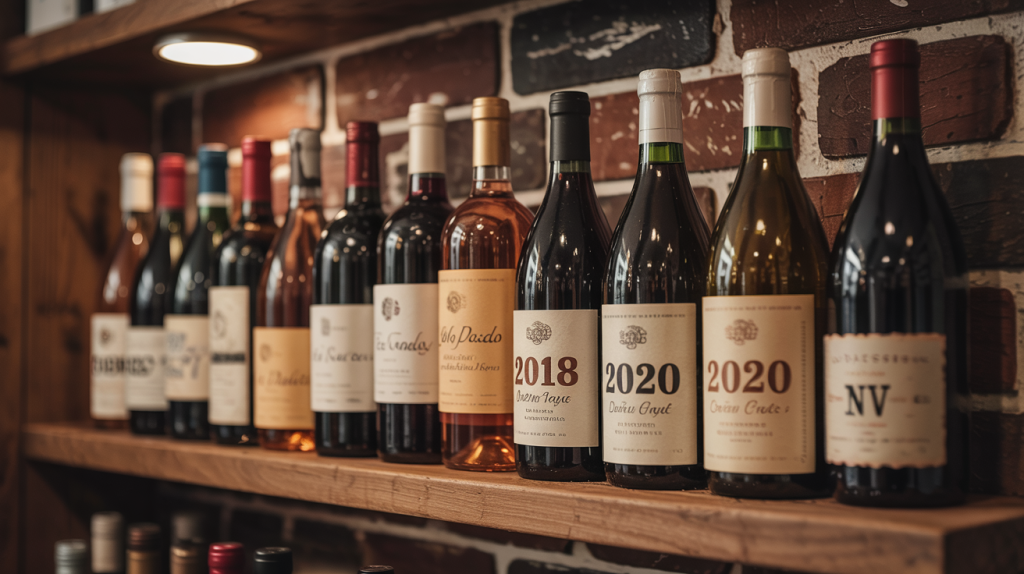
Ever seen “NV” on a label? That’s the industry’s cheat code—blending years to create consistent flavors (looking at you, Champagne). But true vintage bottles? They’re the limited-edition drops of the wine world, flexing their terroir like a rare designer collab.
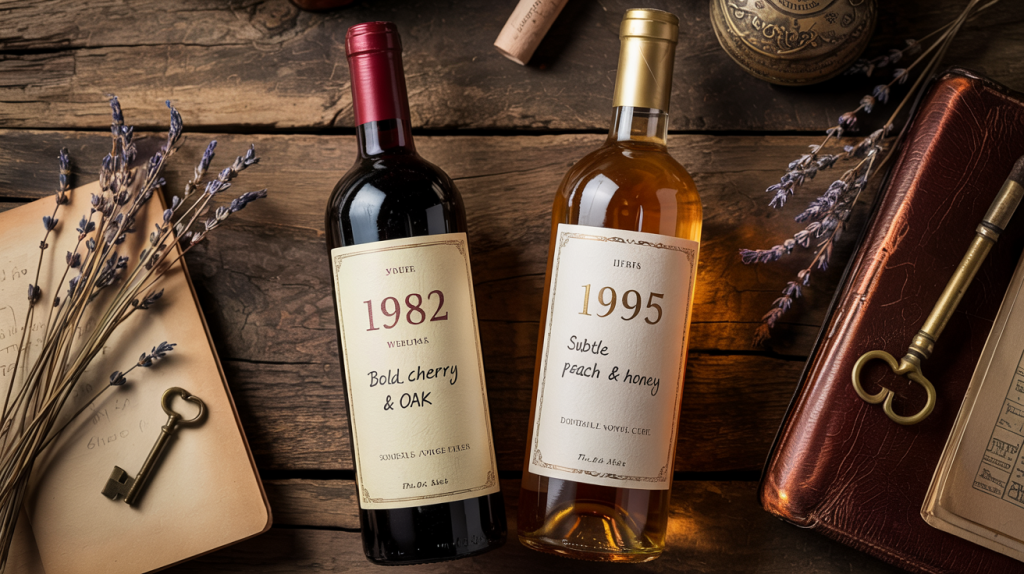
This isn’t just somm-talk. Your $30 red wine from Trader Joe’s? Its year holds clues about climate riots, harvest hustle, and why some bottles age like Rihanna’s career while others peak faster than TikTok trends. Ready to decode what’s really in your glass?
Wine Vintage Fundamentals: Definition and Influencing Factors
Picture a sold-out concert where the headliner’s voice cracks—some nights are legendary, others flop. A vintage works similarly: it’s the exact year grapes were picked, stamped like a timestamp on every bottle. This isn’t just trivia—it’s the raw material for liquid art.
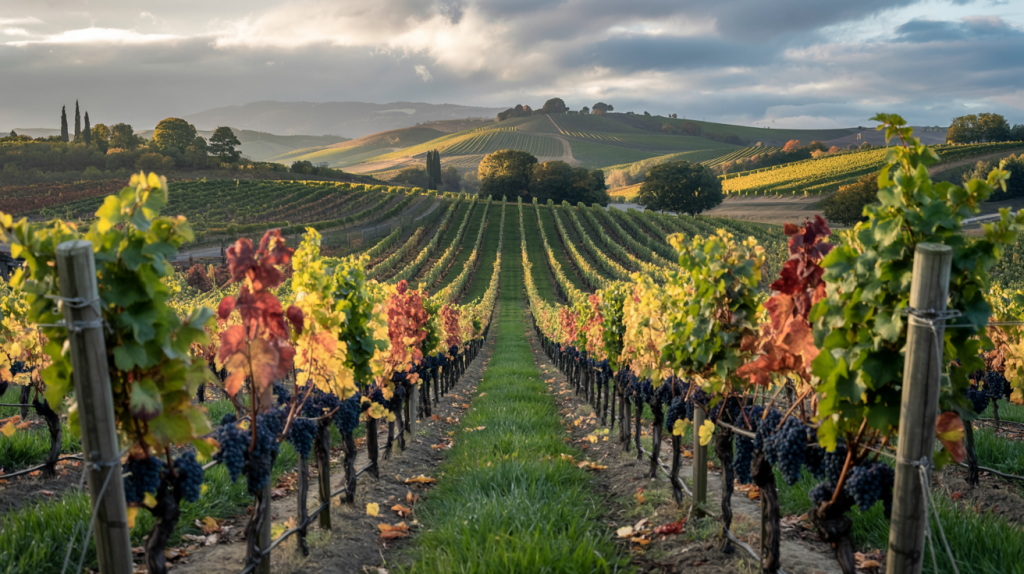
What Defines a Wine Vintage?
Think of it as Mother Nature’s report card. A vintage captures everything from April frosts to September heatwaves during the growing season. Northern Hemisphere vineyards hustle from spring to fall, while Southern regions like Argentina flip the script (harvest: October-April). Rain during bloom? Grapes get waterlogged. Sunbaked summer? Berries develop bold tannins.
Weather’s Backstage Drama
Climate isn’t small talk here—it’s the main character. Cool years create crisp whites with laser acidity, while heatwaves pump up reds like a gym playlist. But too much drama?
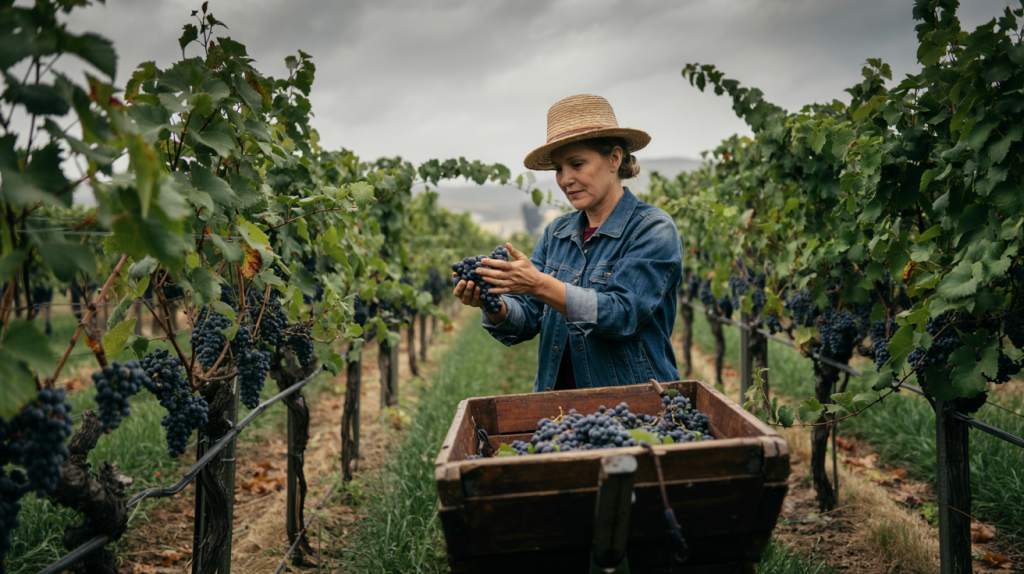
“A rainy harvest dilutes flavors faster than a TikTok trend dies,”
| Factor | Ideal Conditions | Risks |
|---|---|---|
| Spring | Mild temps | Frost kills buds |
| Summer | Consistent sun | Heat stress |
| Fall | Dry days | Mold from rain |
Experts track these plot twists using vintage charts. Berry Bros & Rudd’s ratings? They’re the Rotten Tomatoes scores for oenophiles. A 95-point year means grab two bottles—one to drink, one to flex.
Understanding Wine Vintages: Why Years Matter
That year stamped on a bottle isn’t a barcode—it’s a grape’s passport through climate chaos and cellar alchemy. Rainy harvest? Think of it as nature’s bad hair day. Heatwave summer? That’s the vibe turning a red wine into a spicy Twitter thread. Regions like Bordeaux and Burgundy wear their vintage years like luxury logos, signaling status in every sip.
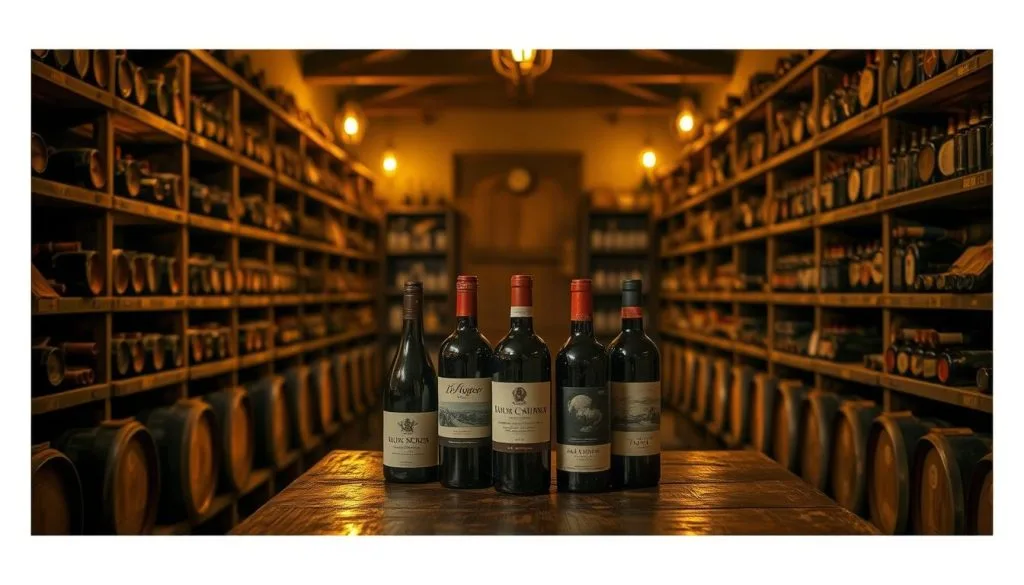
Climate’s Greatest Hits (And Misses)
Bordeaux’s 2016 vintage? A mic-drop moment. Winemakers blended heat-resistant grapes like touriga nacional to combat rising temps, creating structured reds that age like Jennifer Lopez’s career. Meanwhile, Burgundy’s Saint-Aubin 2015 whites defied expectations—proof that even “off” years can slay with smart harvest timing.
“A great year isn’t luck—it’s farmers outsmarting thunderstorms and frost like chess masters.”
| Region | Standout Year | Why It Slaps |
|---|---|---|
| Bordeaux | 2016 | Balanced tannins, 20-year aging |
| Burgundy | 2015 | Peach-toned Chardonnays |
| Napa | 2018 | Jammy Cabernets, zero rain stress |
New to vintage charts? Treat them like dating app filters. A 95+ score means you’ve matched with liquid royalty—think 2017 clarets that punch above their price tag. Vintage charts decoded here reveal which years are still glow-ups versus past their prime.
Your takeaway? That label isn’t just a date—it’s a flex. Like scoring front-row tickets to Beyoncé’s Renaissance tour, the right year means you’re drinking history, hype, and a winemaker’s secret handshake with the weather gods.
How Climate, Harvest, and Cellar Practices Shape Your Wine
Imagine a DJ blending tracks live—winemakers mix nature’s raw beats with tech-driven drops to create liquid fire. The alchemy begins in the vineyard but gets remastered in the cellar, where science meets swagger.
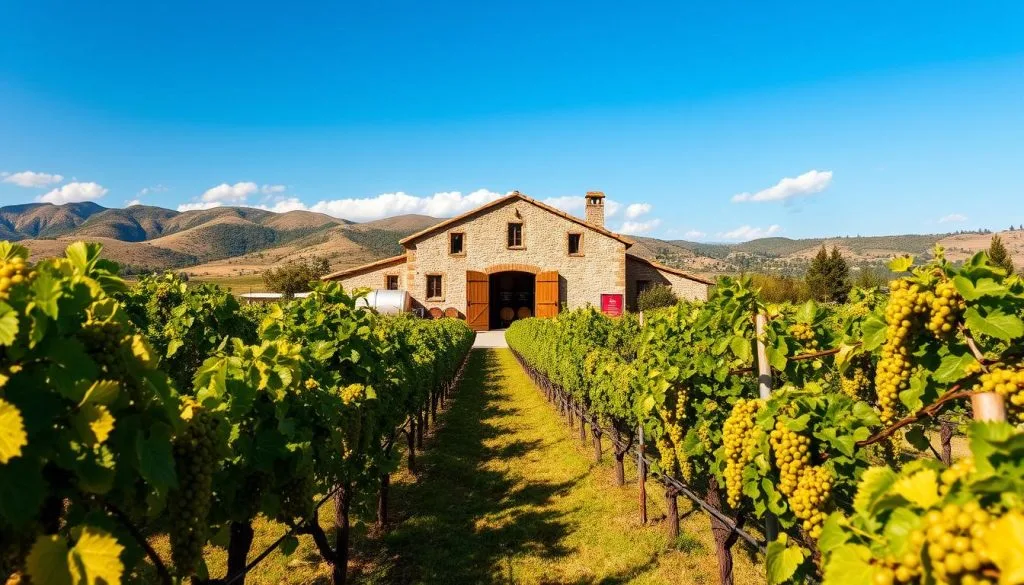
Nature’s Tracklist: Weather & Timing
Spring frosts in Burgundy? That’s like canceling Coachella weekend one. Grapes need steady heat waves to build sugar swagger, but 2021’s summer rains turned some red wines into watered-down mixtapes. Precision harvest timing saves the show—pick too early, and acidity slaps without nuance; too late, and flavors turn syrupy.
| Region | Climate Challenge | Winemaker Hack |
|---|---|---|
| Burgundy | Unpredictable rain | Night harvesting for cool temps |
| Napa | Heat spikes | Shade nets + earlier picks |
| Oregon | Wildfire smoke | Reverse osmosis filtration |
Red vs White: Grape Drama
Chardonnay grapes ghost sunlight, crafting lean minerality in Chablis. Meanwhile, California Cabernet grapes soak up rays like TikTok influencers—big tannins, bigger attitudes. Oregon Pinot Noir producers now track berry pH like stock prices, balancing acid-jazz with fruit-forward hooks.
Cellar Science: Fixing Nature’s Flubs
When weather flops, yeast strains and micro-oxygenation become backup dancers. “We’re not erasing bad vintages—we’re autotuning them,” admits a Napa enologist. Techniques like cryo-extraction (freezing grapes for concentration) turn mediocre years into limited-edition vinyl drops.
“A 2022 vintage saved by tech is still art—just with better special effects.”
Why Wine Vintages Matter
Every great bottle is a designer collaboration between earth and atmosphere. A vintage isn’t just a date—it’s a time-stamped recipe of sun, soil, and human hustle. Those subtle shifts in weather patterns? They’re climate fingerprints pressed into every sip.
From Burgundy’s rain dramas to Napa’s heatwave hacks, grapes absorb their year like a liquid mood ring. Modern winemakers now blend tradition with tech—think of it as couture tailoring for flawed fabric. But even with irrigation tricks or yeast wizardry, nature’s plot twists still steal the show.
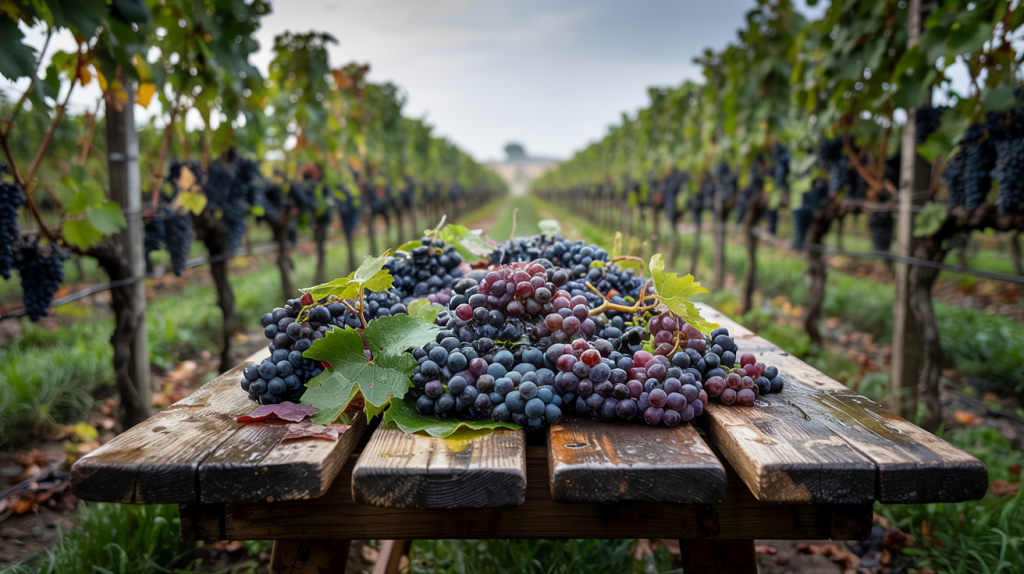
Your next wine list deserves context. Approach the shelf like a curator: a 2018 Cabernet might whisper tales of drought defiance, while a 2020 Riesling brags about surviving monsoon season. As one Vérité Cellars somm notes, “A vintage chart is a cheat code, but your palate writes the rules.”
So flip that bottle around. That tiny year isn’t small print—it’s a backstage pass to wine’s rawest, realest performance. Uncorking a wine isn’t just drinking; it’s time-traveling through storms, heatwaves, and a winemaker’s poker face. Now go taste the forecast.




